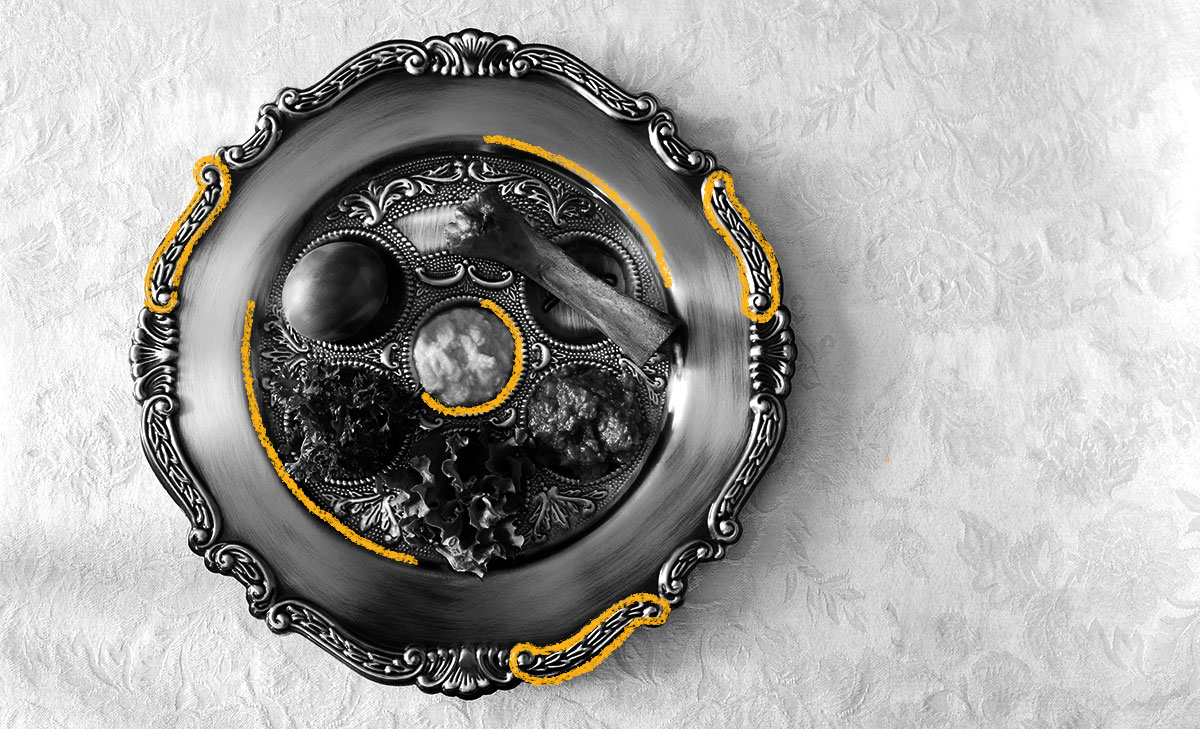This year, Passover takes place from the evening of March 27th to the evening of April 4th. The Seder plate is placed on the Seder table and is used to hold Passover’s symbolic foods. In honor of Passover 2021, we’ll be taking a look at the origins of the Seder plate. In ancient times, Passover’s symbolic foods were placed in a specially made wicker container that was most likely more rectangular than round. The seder plate as we know it today wasn’t mentioned until around the 3rd century CE, when the Mishnah was written. Later, during the Medieval period, Ashkenazi Jews began to write and publish “Haggadot” (the booklets used at the Passover Seder to explain the meaning of the Exodus from Egypt). In these booklets, illustrations of round seder plates appeared. Then, Sephardi Jewish communities in the 15th century began to create large ceramic plates with illustrations and inscriptions, giving birth to the Passover Seder plate as an art form. In 18th century Germany, pewter Seder plates were created with engraved illustrations and wealthy families even commissioned ornate silver plates with engraved scenes from the Haggadah. Today, Seder plates are often passed down from generation to generation and continue to play an important role in celebrating the Passover Seder.

Your go-to guide for weird history facts
Subscribe to the FREE daily email that makes learning about history fun.


